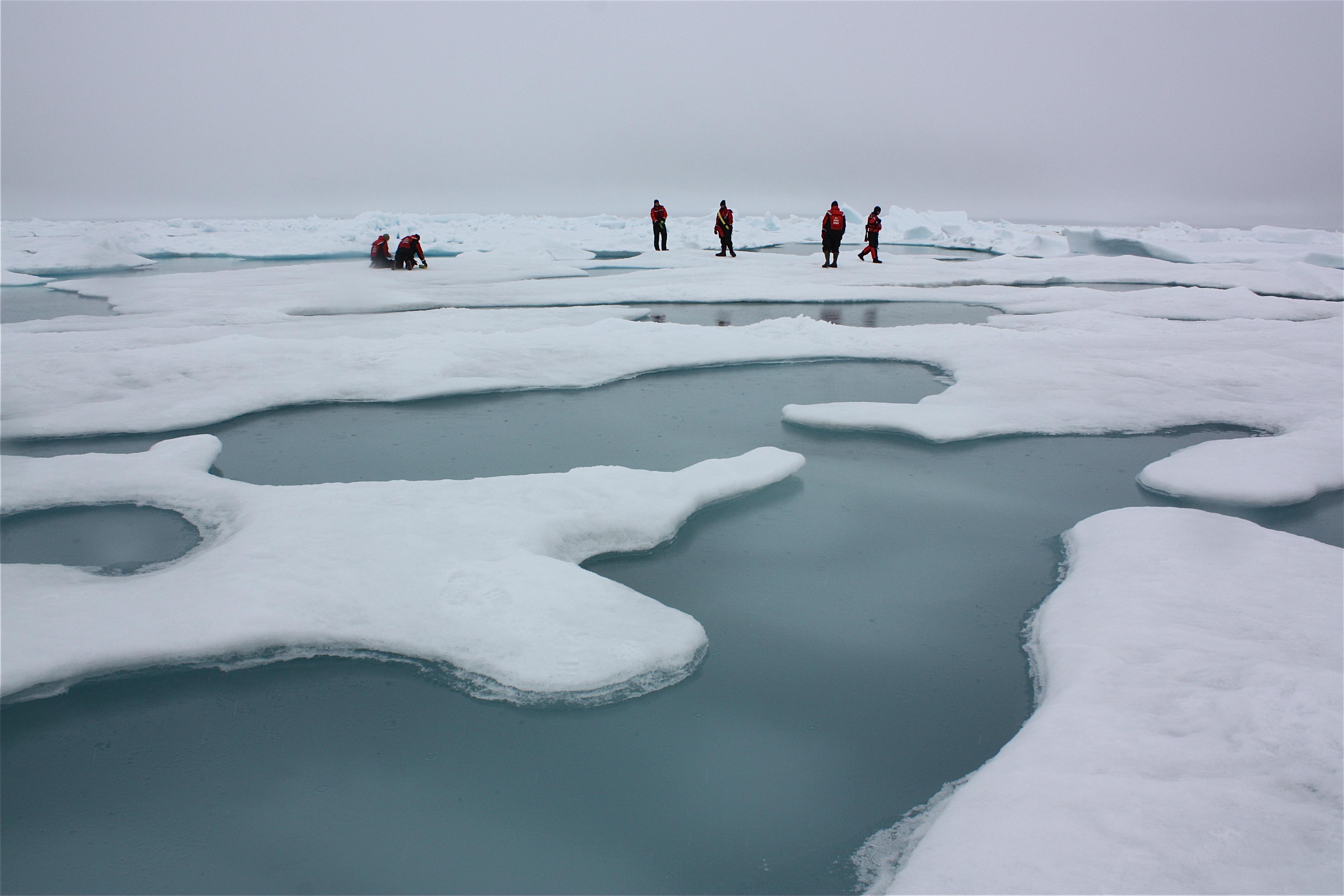Study shows longer, more frequent warm weather events in Arctic

New research released Tuesday reveals that winter warming events in the Arctic have happened more often — and lasted longer — in the past three decades.
Published in the journal Geophysical Research Letters, the study shows that, since 1980, the North Pole experienced six additional winter warming events each winter, which lasted 12 hours longer, on average.
The authors defined winter warming events as times when the temperature in the region topped 14 degrees Fahrenheit (minus 10 degrees Celsius) — an extreme departure from average winter Arctic temperatures, which linger below minus 22 degrees F (minus 30 C). These winter warming events have been observed since at least 1896, with the part of the Arctic Ocean bordering on the Atlantic Ocean experiencing the most warming events.
When looking at the winter warming events, the study found that they were associated with more storm systems blowing moist, warm air into the Arctic. The cause, or causes, of this increase were not addressed in the paper.
“The warming events and storms are in effect one and the same,” Robert Graham, lead author of the study and climate scientist at the Norwegian Polar Institute, said in a press release. “The more storms we have, the more warming events, the more days with temperatures greater than minus 10 degrees Celsius rather than below minus 30 degrees Celsius, and the warmer the mean winter temperature is.”
In 2015, the Arctic experienced record-high temperatures, with the average temperature 2.3 degrees F warmer than the long-term average since 1900. In its 2015 Arctic Report Card, the National Oceanic and Atmospheric Administration warned that these climate-change driven temperatures — and the low peak ice cover that accompanied it — were having “profound effects” on the region’s sea surface temperatures and marine ecosystems. In December 2015, researchers led by Graham witnessed the warmest temperature ever recorded in the Arctic: 36 degrees Fahrenheit.
The study was released the day after another paper linked warm Arctic temperatures with colder winters and springs in North America. As the researchers pointed out, this teleconnection — a large weather anomaly that impacts weather across the globe, like El Nino — could spell trouble for agricultural crop yields in the United States.
“Crop success depends on a complicated interplay between temperature, precipitation amount, and even timing of snowmelt, and it appears from this work that recent Arctic warming may be disrupting normal patterns,” Jennifer Francis, a research professor at Rutgers University, told The Washington Post.
Other research has examined what these changes in the Arctic may mean for lower latitudes. This includes linking a warming Arctic to a shifting polar vortex, although The Washington Post points out that this is a controversial idea in the climate science community.